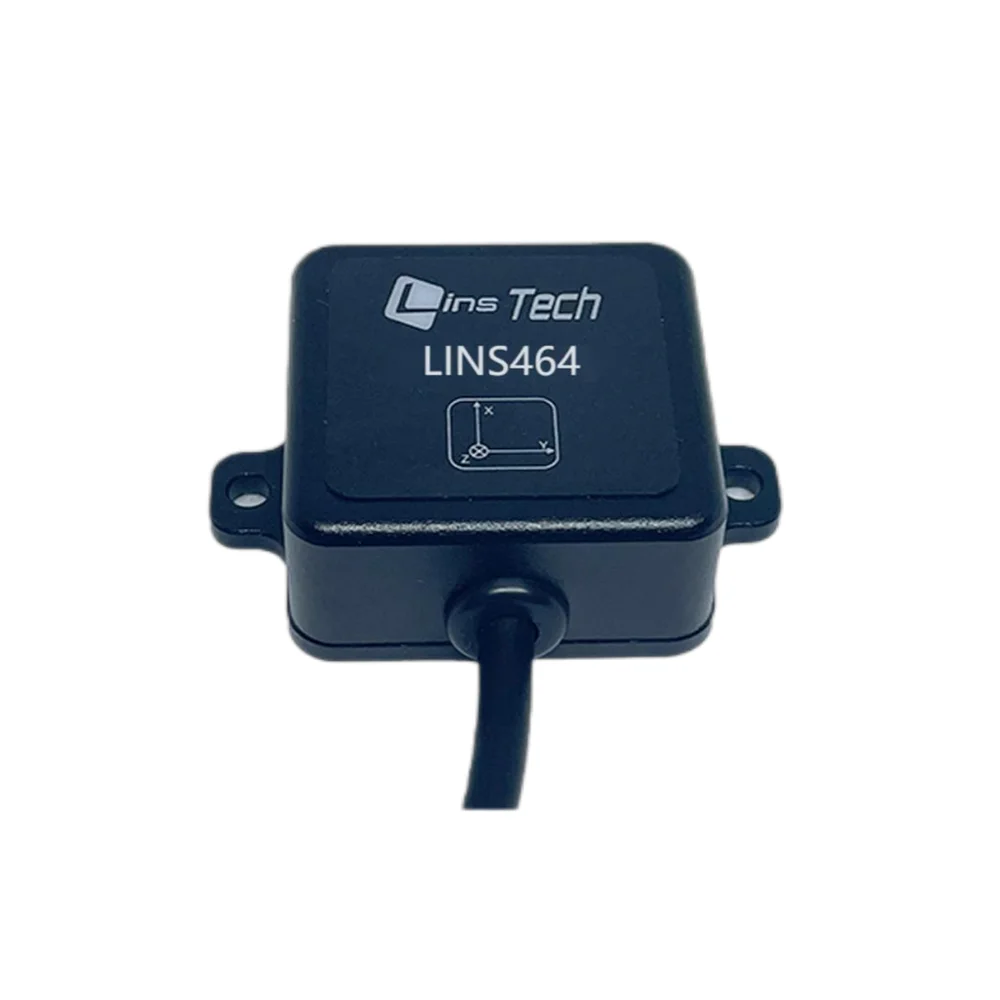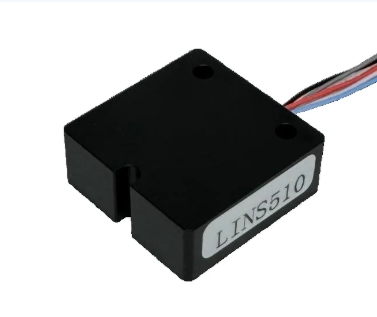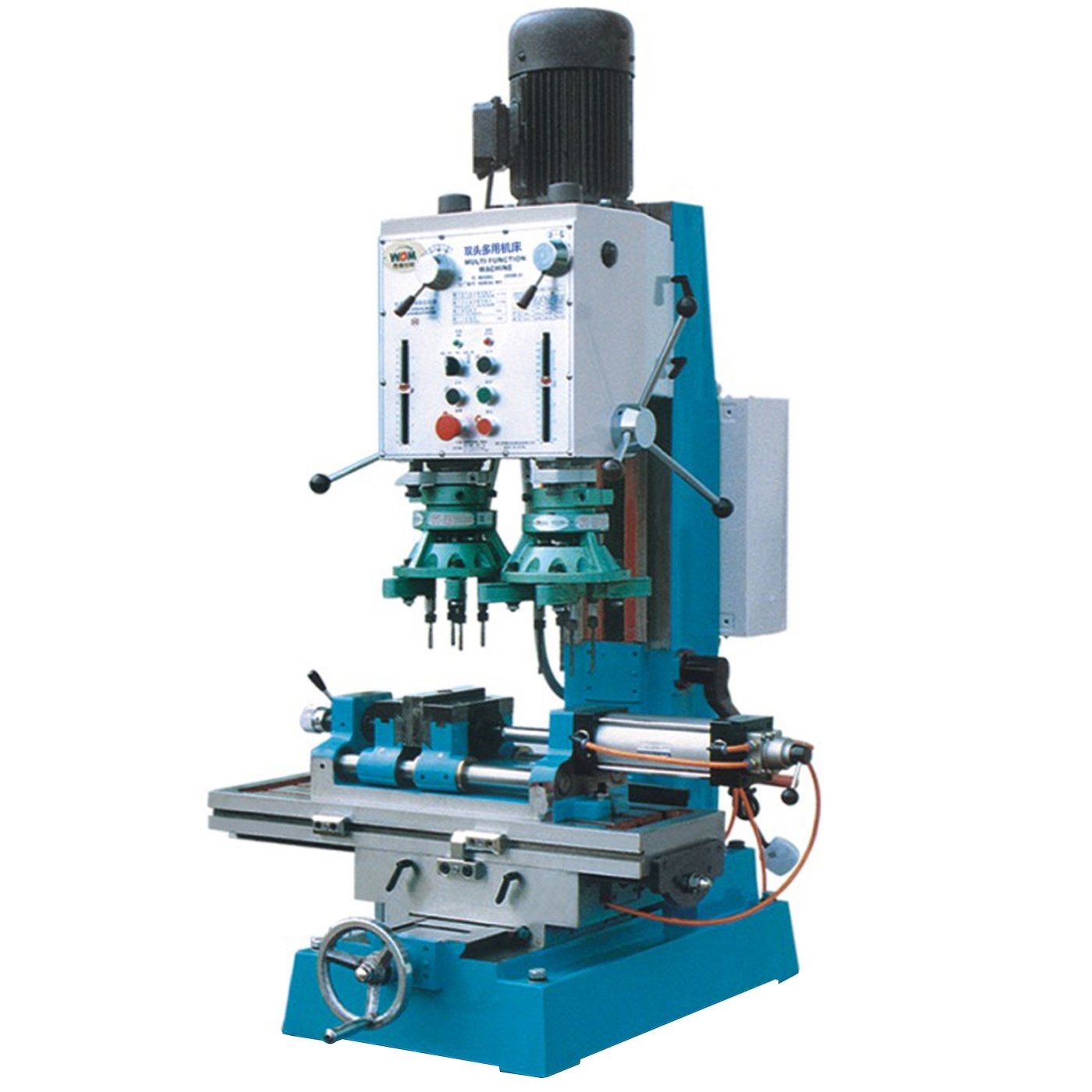In the rapidly evolving world of embedded systems, the performance of Micro-Electro-Mechanical Systems (MEMS) Inertial Measurement Units (IMUs) plays a pivotal role in determining the precision and stability of motion sensing applications. From autonomous vehicles to robotics and smart navigation devices, achieving high accuracy and reliability from MEMS-based IMUs is a top priority for engineers.
As a leading innovator in inertial sensing technology, LINS is committed to delivering advanced solutions that push the boundaries of MEMS performance. By focusing on meticulous design, signal optimization, and sensor fusion strategies, LINS provides embedded developers with the tools needed to enhance measurement accuracy and system efficiency.
Understanding the Core Challenges of MEMS IMUs
MEMS IMUs combine accelerometers, gyroscopes, and sometimes magnetometers into a compact module. While they offer advantages such as small size, low power consumption, and cost-effectiveness, they are inherently sensitive to environmental factors like temperature drift, vibration, and bias instability.
These limitations can lead to cumulative errors in orientation and position estimation, which are particularly critical in navigation, industrial automation, and UAV control systems. Overcoming these challenges requires a mix of hardware refinement and intelligent software compensation.

Signal Processing and Calibration Techniques
A crucial step toward improving MEMS IMU performance lies in precise signal processing and calibration. Advanced algorithms such as adaptive filtering, real-time bias estimation, and temperature compensation help maintain stable and accurate readings under varying conditions.
LINS integrates high-performance digital signal processing (DSP) into its IMU modules to deliver cleaner, more consistent data streams. Each LINS IMU undergoes factory-level multi-point calibration to minimize non-linearities and scale factor errors. This ensures that the sensor maintains top-tier precision even in dynamic or high-vibration environments.
Sensor Fusion for Superior Stability
To compensate for the inherent limitations of MEMS sensors, sensor fusion algorithms are indispensable. By combining accelerometer and gyroscope data through techniques like the Kalman filter or complementary filtering, drift errors can be effectively reduced.
LINS applies proprietary fusion algorithms that optimize real-time data blending, ensuring smooth orientation tracking and fast convergence during motion. This advanced processing framework enables robust and stable performance across a wide range of embedded system applications.

Environmental Compensation and Structural Design
External conditions such as temperature variations and mechanical stress can significantly affect MEMS IMU accuracy. LINS addresses this through precision-engineered mechanical structures and environmental isolation designs, providing high resistance to thermal drift and external vibration.
Additionally, each LINS product features industrial-grade packaging and rigorous quality testing, ensuring reliable operation under extreme conditions — from harsh outdoor environments to complex industrial setups.
Seamless Integration and Customization
Embedded system developers value flexibility and compatibility. LINS IMUs are designed for seamless integration with a wide range of platforms through standard communication interfaces such as SPI, UART, and I²C. The company also offers customized firmware and parameter optimization services, allowing clients to tailor performance characteristics according to specific application needs.
This customer-oriented approach ensures that LINS products not only meet technical requirements but also align with the unique constraints of each project.

Conclusion
Enhancing MEMS IMU accuracy in embedded systems is not just about advanced algorithms or high-grade sensors—it’s about a complete ecosystem of innovation, engineering, and reliability. LINS, as a high-tech enterprise specializing in inertial sensing technology and system integration, exemplifies this approach through its precision-engineered products, robust performance, and cutting-edge design philosophy.
With a relentless focus on accuracy, stability, and customization, LINS continues to empower engineers and industries to achieve smarter, more reliable motion-sensing solutions in an ever-connected world.
How Fiber Optic Gyros Power Modern Navigation and Positioning Systems
www.lins-imu.com
Wuxi LINS Technology Co., Ltd.


